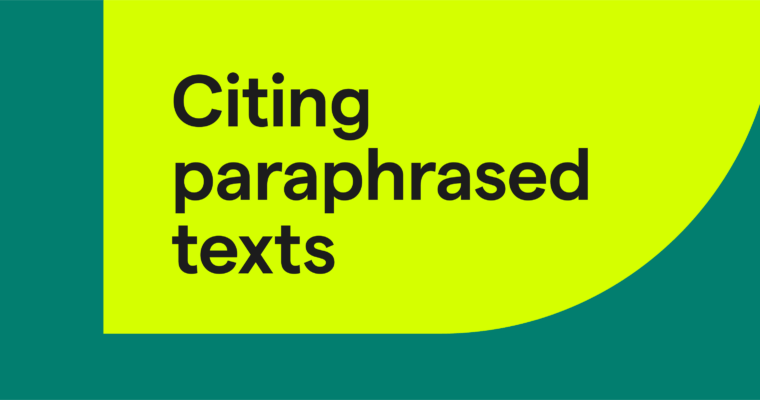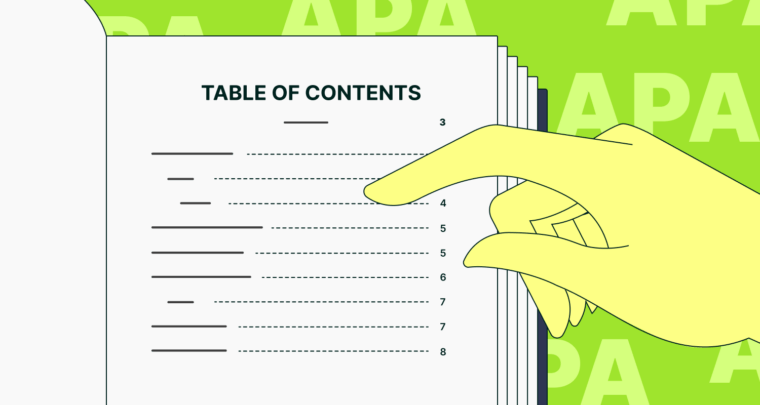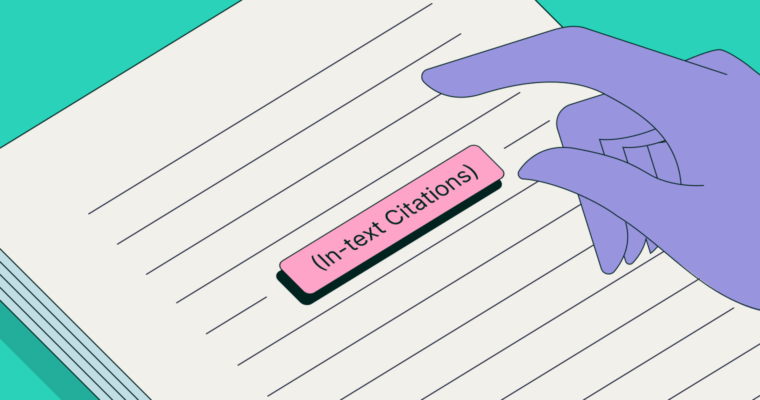
Appendices, the plural of appendix, are sections of academic writing with supplemental information about the topic that doesn’t fit in the main text. Appendices can include anything helpful to the reader but unnecessary to the topic’s progression; these may be charts, graphs, maps, videos, or even detailed explanations too lengthy for the body of the paper.
Appendices are used mostly in academic writing, so students may have to write them for papers at some point. This guide will answer all your questions, including “What are appendices used for?” and “Do appendices go after references?” But let’s start with a detailed analysis. What is an appendix?
What are appendices in a paper?
Appendices are sections at the end of academic writing with nonessential information on the topic that still might be helpful for the reader. The key word there is nonessential—any information that is essential to the topic should be included in the main body of the paper. In other words, your paper should make sense without the appendices.
For example, let’s say your paper talks about the Mongol Empire. Your appendices might include things like a map of the Mongol Empire at its peak, or an image of what historians think Genghis Khan actually looked like. More relevant details, such as a discussion of how and why the Mongol Empire rose to power, would be included in the main text, not the appendices.
A paper can have as many appendices as are useful. These can be different types, so your first appendix could be a spreadsheet, and your second appendix could be a scanned letter.
What are appendices used for?
The purpose of appendices is to provide supplemental information in a way that doesn’t distract the reader or derail the flow of the paper. It would be difficult for readers if, right in the middle of making your main points, you interrupted your paper to show pages of lists or charts that are slightly off topic.
The content in appendices can support your argument or influence the reader’s opinion—in fact, it should be relevant in some way. However, it’s best to put supporting and illustrative material at the end so it doesn’t disrupt the structure of your paper.
The more advanced a paper is, the more likely it is to contain appendices. They’re quite common in thesis papers and research papers, as well as published scientific works. If you’re writing a complex paper for an assignment, it might be a good idea to plan ahead and leave room for appendices in the research paper outline.
What content should be included in appendices?
There are no hard requirements for what can or cannot be an appendix. The deciding factor is whether information is necessary to the paper; if it is not necessary, but still useful, then it can go in the appendices.
That said, some types of content appear in appendices more than others. Here’s a list of what’s commonly included in an appendix:
- tables and charts
- figures and graphs
- maps
- images
- audio or video clips
- detailed textual descriptions
- spreadsheets
- lists too long for the main text
- interview transcripts
- interview questions from the interviewer’s notes
- technical specifications of research equipment
- other testing documentation, such as surveys or the job posting for test recipients
- scanned documents (including Institutional Review Board approval letters)
- raw statistical data
- original math and calculations
How should appendices be structured?
MLA, APA, and Chicago formats all can use appendices. While MLA and Chicago are fairly open ended about how appendices should be structured, APA has more precise rules. So below, we explain the appendix format in APA terms, which can be used in MLA or Chicago as well.
How do you title appendices?
If you have only one appendix, you can call it simply Appendix and refer to it as such in text, e.g., (see Appendix). If you have more than one appendix, label each appendix with a letter, as in Appendix A, Appendix B, etc. The label of each appendix should be mentioned at least once in the main text of the paper.
Each appendix also gets a distinct title that describes its content, which is separate from its label. So, for example, an appendix label might be Appendix C and its title, Interview Transcript.
How do you format an appendix page?
Each new appendix begins on a separate page. Place the label centered and in bold at the top of the page. On a separate line, write the appendix’s title in title/headline case (Capitalize the First Letter of Each Major Word), also centered and in bold. If the paper uses a running head, continue to use it in the appendices.
If the appendix contains text, continue using indented paragraphs and follow the same format as in the rest of the paper. Otherwise, present the content in the same order it was mentioned in the body text. For multiple tables, figures, equations, etc., label them by number after the letter of the appendix, e.g., Table B2.
Where do appendices go?
According to the APA Publication Manual (Seventh Edition), appendices come after the reference list or bibliography. They should be the last sections of a paper. Some people contest this, especially when citations are used in appendices, so ask your teacher or supervisor if you’re uncertain.
Appendices vs. footnotes/endnotes
You may have noticed that appendices sound a lot like footnotes and endnotes. Appendices and notes both contain supplemental information that doesn’t belong in the main text, and both are situated in a place where they don’t distract the reader. Sources usually have to be cited in notes (if they’re not cited in the text itself); beyond that, amplifying information can go in notes or appendices.
The main difference between appendices and footnotes/endnotes is length. Appendices generally discuss complicated or detailed topics, including charts, graphs, and numerical data, whereas footnotes and endnotes are much more succinct, often just a sentence or two. Think of it like this: If there’s too much information to fit comfortably in a footnote or endnote, put it in an appendix.
Appendices FAQs
What are appendices in a paper?
Appendices are sections at the end of academic writing with nonessential information on the topic that still might be helpful for the reader. They typically contain charts, graphs, maps, images, or raw statistical data.
What are appendices used for?
Appendices are used to present helpful supplemental information in a way that doesn’t distract from the flow of the main text. That’s why they typically come at the end of a paper, set apart but still easy to find.
What content should be included in appendices?
Appendices can include virtually any content that’s relevant to the paper’s topic without being necessary. Usually, this consists of charts, graphs, maps, images, videos, lists, and documentation on the research testing process (like interview transcripts).
How should appendices be structured?
Each appendix should start on a separate page at the end of a paper, after the bibliography. If you have more than one appendix in your paper, label each by letter, as in Appendix A, Appendix B, etc. Appendices should also have a separate title that describes their content, such as “Map of the Mongol Empire,” which is written on a separate line.





